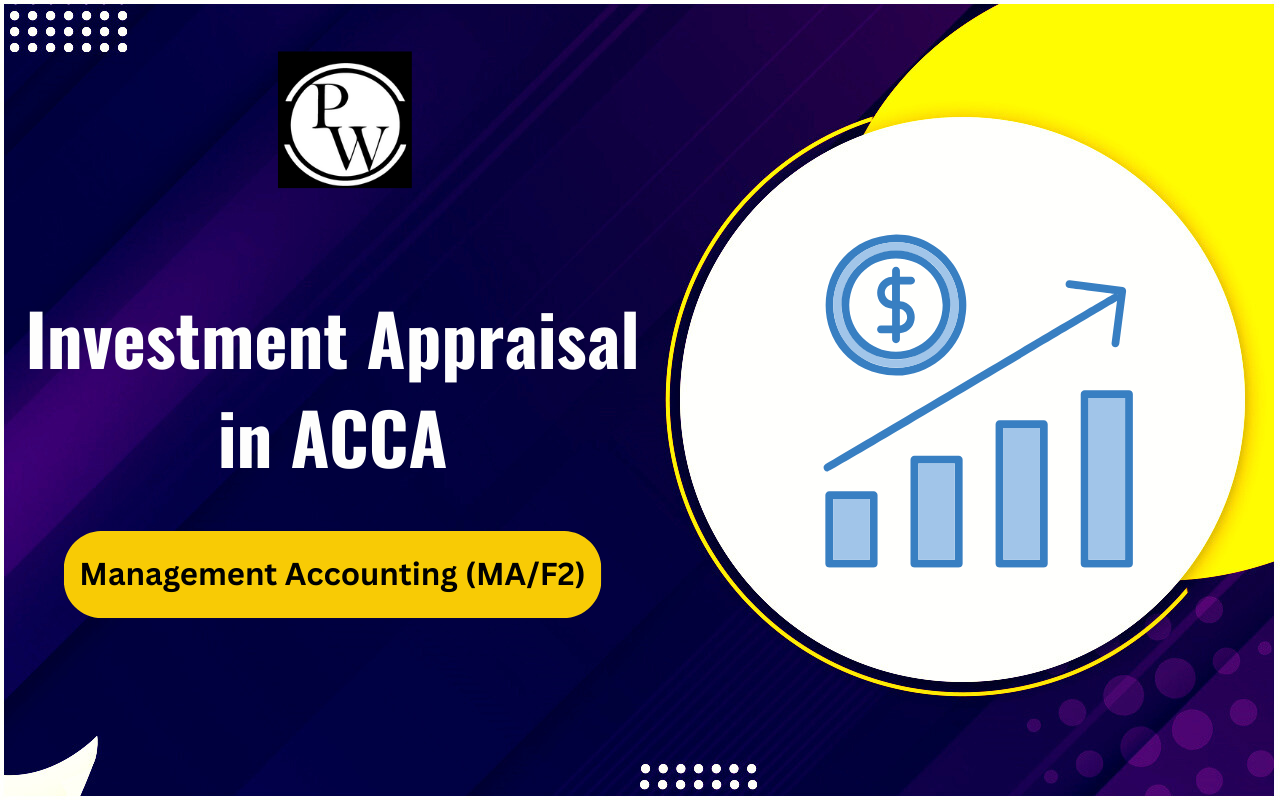
Activity-Based Costing (ABC) emerged in the 1980s to address the flaws of traditional cost accounting. The older methods frequently resulted in inaccurate product costs and misguided decisions. ABC offers a solution by pinpointing the costs associated with individual activities related to making or providing a product or service. Let's delve into what exactly activity-based costing entails for CA Exams .
What Is Activity-Based Costing (ABC)?
Activity-Based Costing (ABC) is a method that calculates costs for products, services, or business processes based on the specific activities needed to make or deliver them. Unlike traditional methods that rely on volume or direct labor hours, ABC offers a more precise understanding of a product or service's actual cost. To start with ABC, we identify the activities involved, categorizing them as either value-added (contributing directly to production or delivery) or non-value-added (not directly contributing). After identifying these activities, we assign costs to each one. This can involve methods like direct observation, employee surveys, or analyzing financial records. Once costs are assigned to activities, they are then allocated to products and services. This is done by multiplying the activity cost per unit by the units each product or service requires. This approach ensures a more accurate reflection of costs, aiding in better decision-making and resource allocation.Activity-Based Costing (ABC) Formula
Activity-Based Costing (ABC) is a method to figure out how much it costs to make something. It uses this formula: Cost per Unit of Activity = Total Cost of Activity Pool ÷ Total Units of Activity Here's what these terms mean:- "Total Cost of Activity Pool" is the total of all the costs for a certain activity.
- "Total Units of Activity" is how much of that activity is used to make a product or service.
| Also Check: | |
| Management Accounting | Financial Accounting |
| Auditing and Assurance | Taxation |
| Financial Management | Business Laws and Ethics |
Advantages of Activity-Based Costing (ABC)
Activity-based costing (ABC) is a method used to figure out the costs linked to specific tasks in making or delivering something. ABC offers various benefits compared to traditional cost methods:Accurate Product Costs: ABC gives a clearer view of how much a product really costs to make. This helps businesses set prices better and boost profits by understanding the true cost of their products or services.
Spotting Unnecessary Tasks: ABC helps businesses find tasks that don't add value, so they can cut them down or remove them completely. Knowing what adds value and what doesn't allows businesses to focus on what matters.
Fairer Allocation of Indirect Costs: ABC splits up indirect costs more fairly, giving a truer picture of the cost of a specific product or service. Traditional methods often distribute these costs based on volume or hours worked, which can mess up the numbers. ABC does it based on the tasks involved, which is more accurate.
Smarter Decision-Making: With ABC, businesses have better info for making choices. They can decide on prices, what products to offer, and where to put resources more wisely. By understanding costs and tasks better, businesses can make smarter decisions and improve profits.
Efficient Resource Use: ABC helps businesses see what resources each task needs and how much they cost. This knowledge can lead to better use of resources and lower costs by cutting out unnecessary ones or using them more efficiently.
How Activity-Based Costing (ABC) Works?
Activity-based costing (ABC) is a method commonly used in manufacturing to improve the accuracy of cost data. It helps companies determine the actual costs incurred during production more precisely. This approach isn't just for manufacturing. It's also used in target costing, product costing, analyzing the profitability of product lines and customers, and setting prices for services. By using ABC, companies can understand their costs better and develop more suitable pricing strategies. Here's how ABC works:- Identify all the activities needed to make a product.
- Group these activities into cost pools, which include all the costs related to each activity, like manufacturing.
- Calculate the total overhead for each cost pool.
- Assign cost drivers to each activity, like hours or units.
- Find the cost driver rate by dividing the total overhead in each cost pool by the total cost drivers.
- Divide the total overhead of each cost pool by the total cost drivers to get the cost driver rate.
- Multiply the cost driver rate by the number of cost drivers.
Activity-Based Costing (ABC) FAQs
What is Activity-Based Costing (ABC)?
How does ABC differ from traditional cost methods?
What's the formula for Activity-Based Costing?
What are the advantages of ABC?
How does ABC work in manufacturing and beyond?









